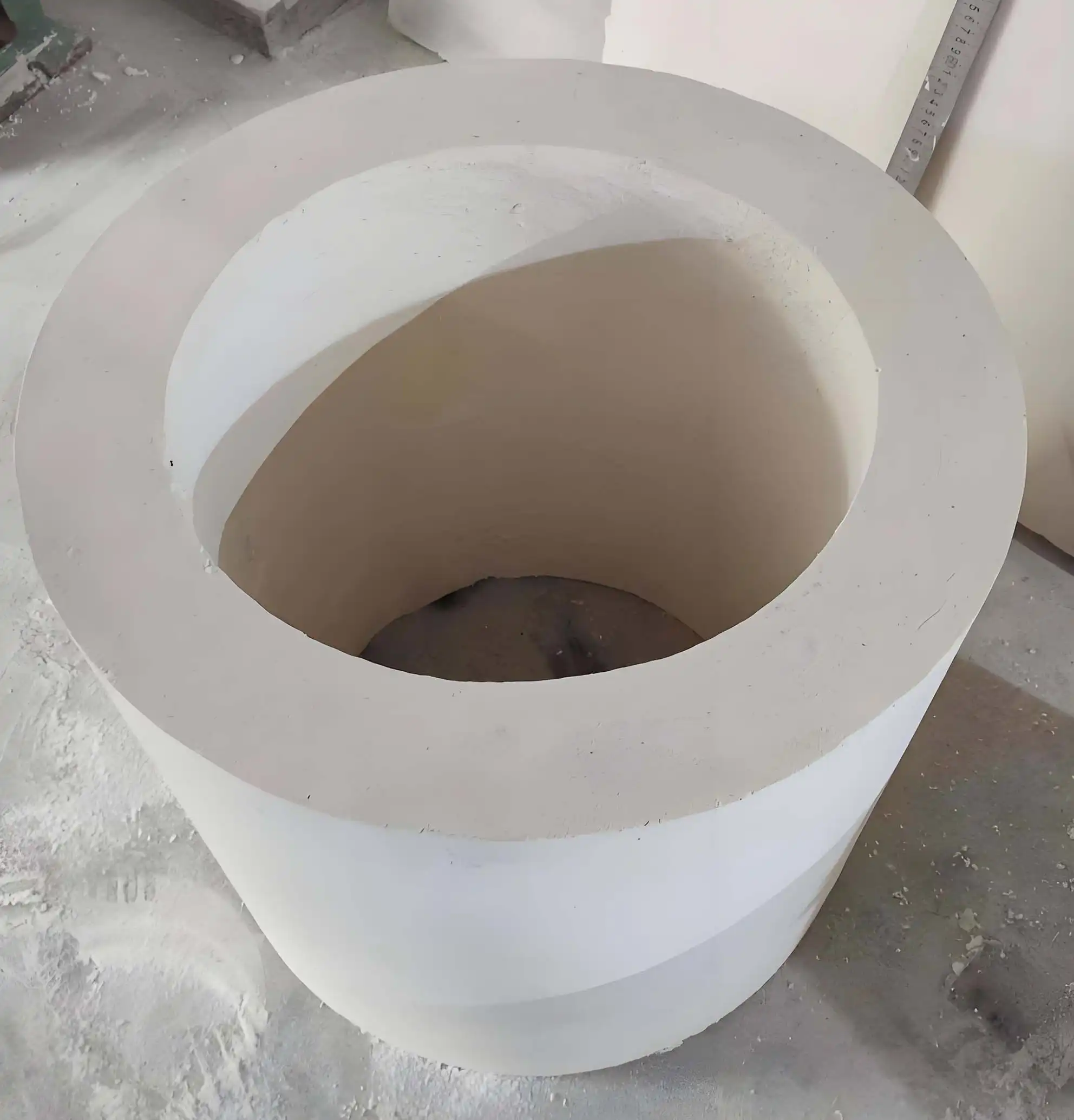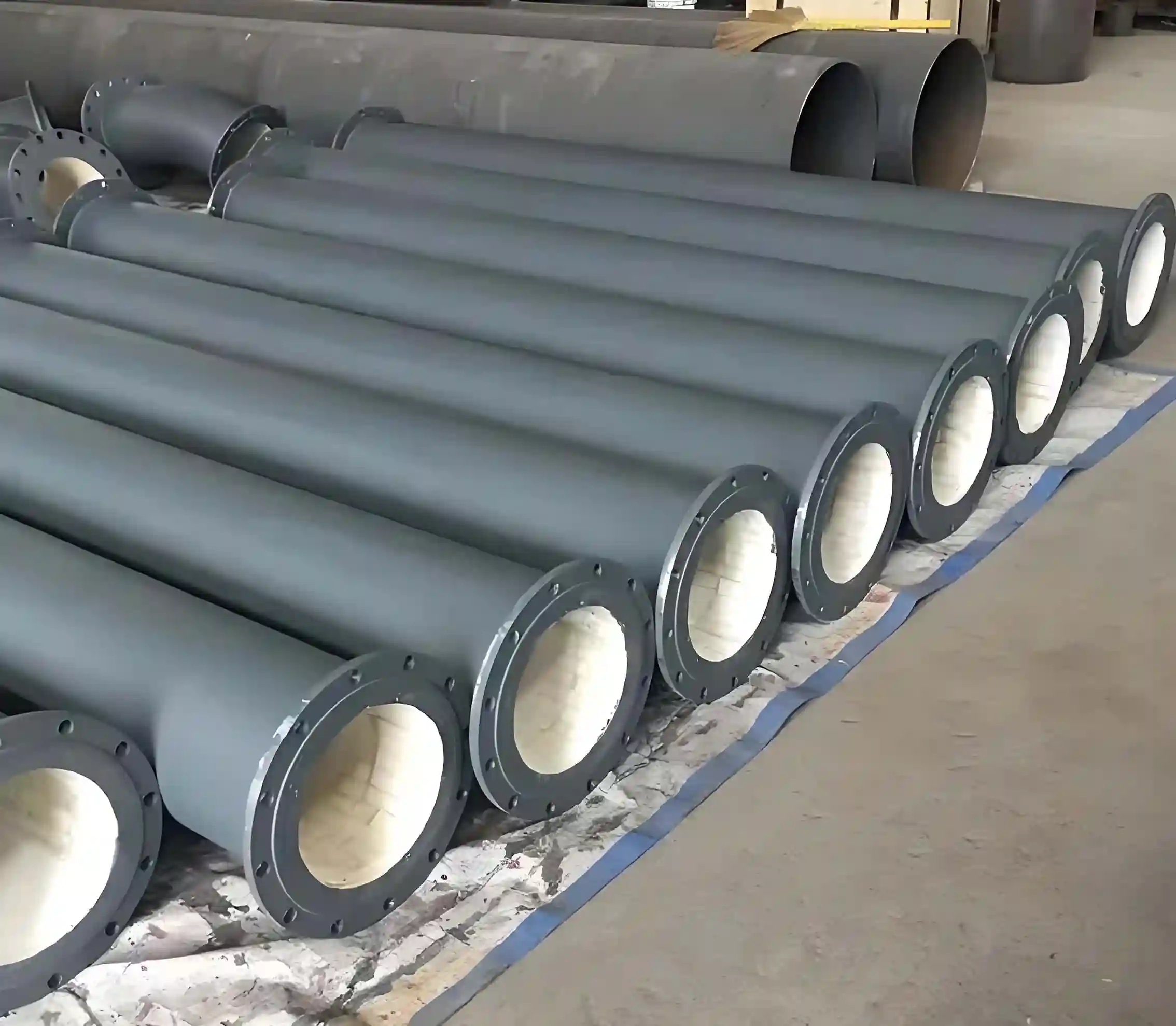High-temperature ceramic fiber tubes possess excellent heat resistance, lightweight structure and chemical stability. Made from refractory ceramic fibers (RCF), such as aluminum silicate (Al₂O₃-SiO₂), these tubular structures serve as fundamental components in industrial applications involving extreme temperature conditions.

Ceramic fiber tubes achieve thermal conductivity as low as 0.035 W/m·K at 400°C and 0.13–0.21 W/m·K at 1000°C, outperforming traditional materials like refractory bricks.
At high temperatures (>600°C), ceramic fibers scatter and absorb thermal radiation, reducing radiative heat transfer. This property is enhanced by optimizing fiber diameter (2.5–5.0 μm) and alignment perpendicular to heat flow.
| Criteria | Ceramic Fiber Tubes | Refractory Bricks/Concrete |
|---|---|---|
| Weight | 80% lighter | Bulky, heavy |
| Installation | Flexible, easy to cut/form | Labor-intensive masonry |
| Heat Loss | Low thermal mass, fast heat-up | High thermal inertia |
| Durability | Resistant to thermal cycling | Prone to spalling under shock |
| Chemical Resistance | Inert to acids/alkalis | Vulnerable to chemical attack |

| Parameter | Details |
|---|---|
| Material Options | Alumina (40–99.8% purity), SiC, ZrO₂ |
| Dimensions | Inner diameter: 1–800 mm; Length: Customizable |
| Tolerance | OD: ±0.005 mm; ID: ±0.01 mm |
| Surface Finish | Polished, glazed, or metalized |
| Forming Methods | Extrusion, dry pressing, injection molding |
High-temperature ceramic fiber tubes are indispensable in industries where thermal management directly impacts safety, efficiency, and cost. Their ability to withstand extreme temperatures while minimizing heat loss makes them a cornerstone of modern industrial design. As technologies like additive manufacturing and nanotechnology evolve, these materials will continue to redefine the boundaries of high-temperature engineering.